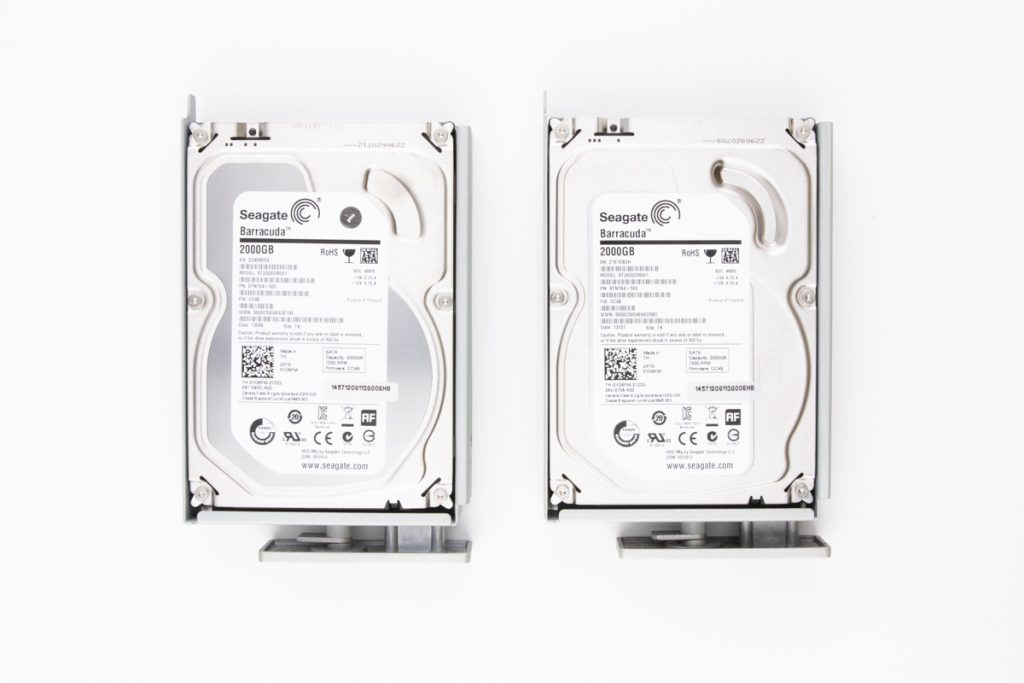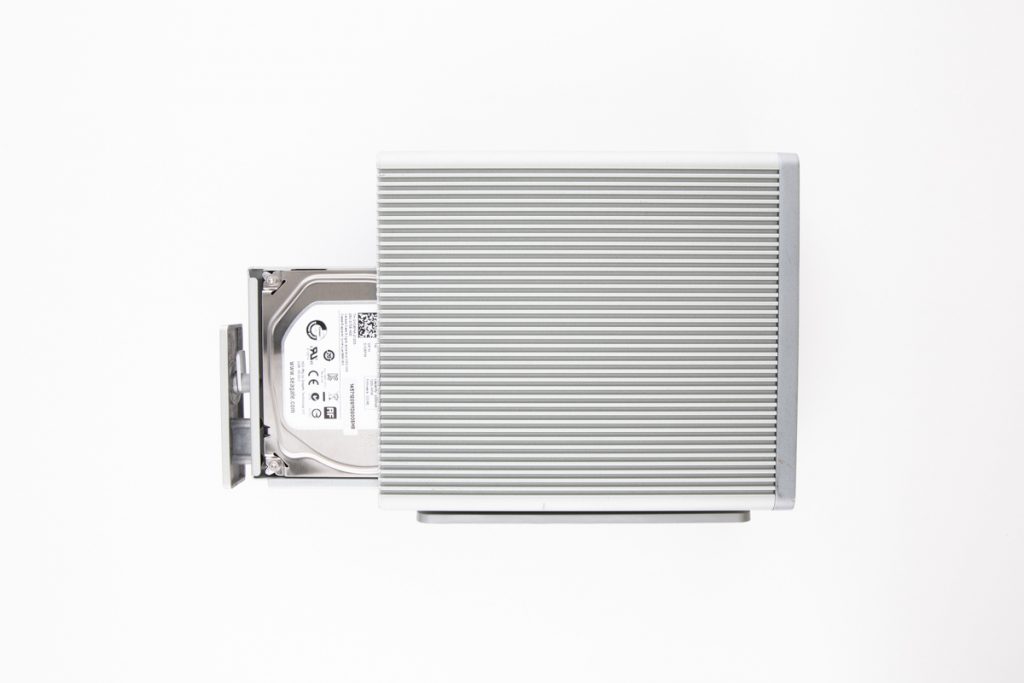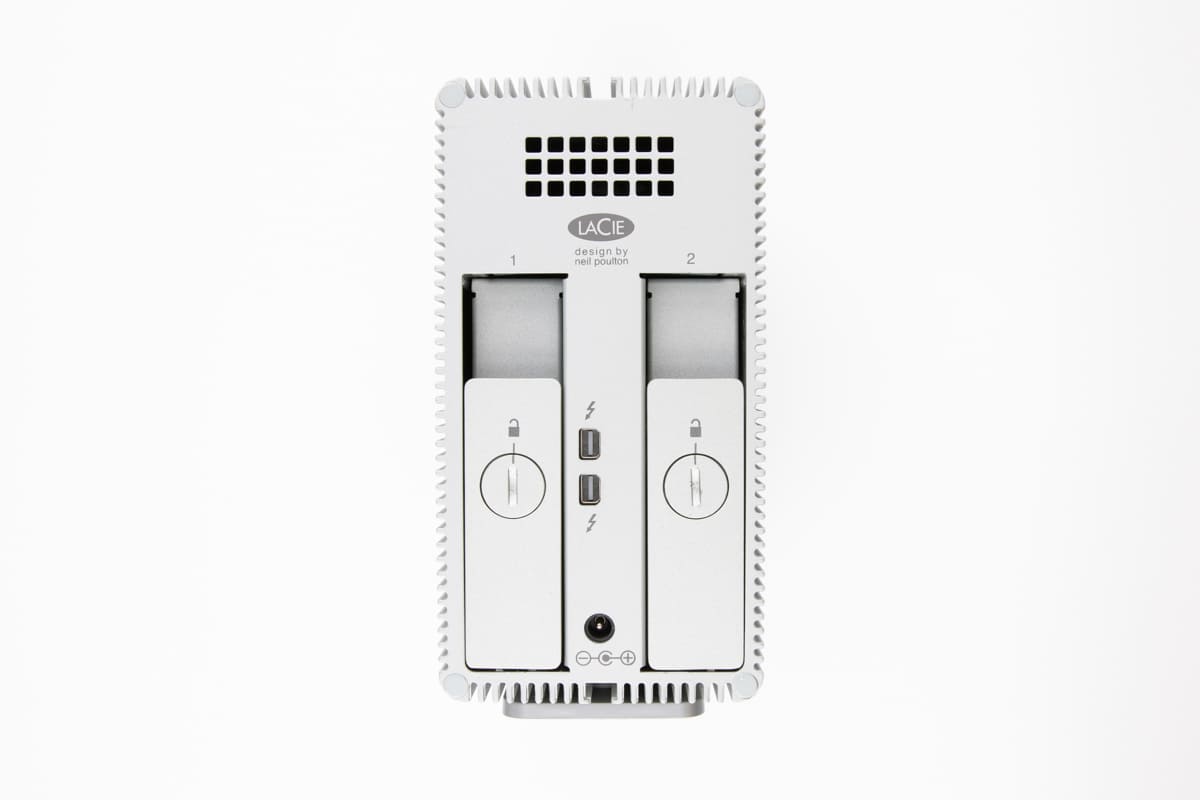LaCie devices are widely used by people all over the world. Known for their aesthetic design, they are often used in Mac computers, Windows PCs, and Linux systems. Our engineers work on all LaCie drives, regardless of the system they were used initially.
Not all LaCie devices have a single hard drive; many of the external storage systems use a multi-drive solution. This system is mainly used on LaCie NAS devices, which may lead to severe problems when data loss occurs.
PITS Global Data Recovery Services offers reliable restoration solutions for LaCie hard drives, external drives, and NAS devices. We successfully resurrect drives with any problem, including logical/software issues such as deleted files and folders, accidentally formatted devices, mechanical issues, and other hardware errors.
Our LaCie NAS Recovery Case
Recently, we received a LaCie NAS data recovery request. The customer mentioned that one of the disks showed an error, and the file system crashed. After consulting with our customer service representative, the client decided to entrust his device to us and sent it to our lab. We received the NAS device, and our engineers immediately started the diagnostics. Our risk-free evaluation showed that one of the disks has unreadable sectors in the area where the file structure is located.
All information on a hard disk is stored in the form of minor logical units of data – sectors. With prolonged use of the disk, failure of the device may occur due to damaged or unreadable sectors. If there is a lot of such damage, then the work of the HDD slows down, and in some cases, the disk even fails.
In the customer’s case, the NAS system consisted of 2 Seagate Barracuda hard disk drives combined in a RAID 0 array. When one hard disk failed, the stripping process failed, and the data on the array became inaccessible.
Seagate Hard Disk Drive Data Retrieval
A necessary condition for bad sector recovery is to capture an image of a working hard disk. The hardware programmer and file system perform such an operation in sector-by-sector copying mode. Before the start of reading the disk passport, our engineer corrected it to optimize the reading process.
Since this is a disk from the RAID array, we could not read it by the file system or the occupied space.

After creating the reading task, a head map was built, and a submap was created, taking into account the head map.
Thus, the data recovery expert divided the entire disk space into parts that were read by each head and set up the reading algorithm so that the whole section was skipped at the first unreadable sector for any of the heads.
During the first pass, we read 99% of the disk. Since there were not many bad blocks, the engineer started reading the disk in the opposite direction without interrupting the reading. As a result, there were 64 unreadable sectors on a 2 TB disk.
NAS RAID 0 Restoration
When the disk image with bad blocks was obtained, we started assembling the array. As the RAID level 0 is stripping, our engineer had to emulate the array controller and assemble the data according to its separating algorithms.

Having assembled a RAID with a stripe size of 4 kb, we started saving data by transferring files with unread sectors to the Problem folder. Our engineer almost fully recovered the data.
The client reviewed and approved the data retrieval results, so we shipped the RAID 0 disks. Our highly trained engineers recover lost data from your hard drives and restore RAID systems securely.
Each of our laboratories is equipped with cutting-edge data retrieval tools and an ISO-Certified Class 10 Cleanroom. Using a cleanroom ensures that small dust particles will not damage the sensitive parts of media storage devices. Contact PITS Global Data Recovery Services at (888) 611-0737 to request our advanced network storage data retrieval service.
